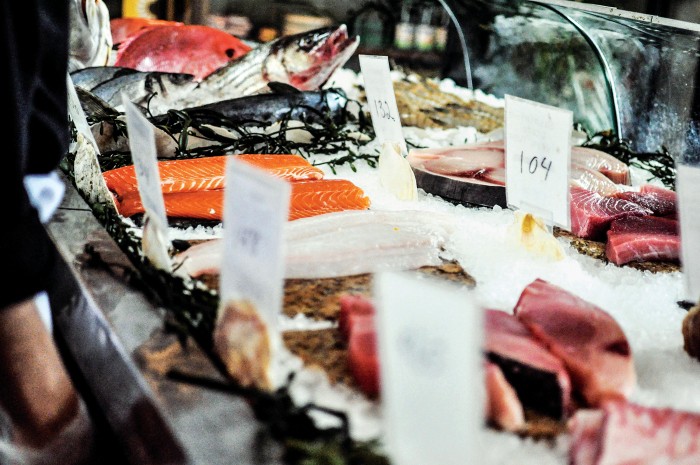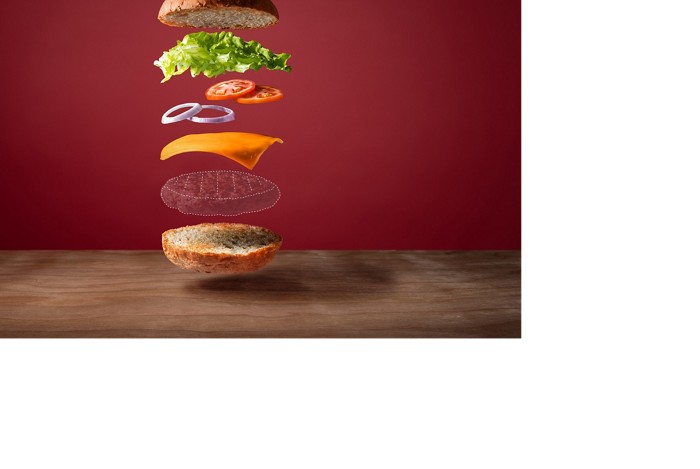Advertisement
Grab your lab coat. Let's get started
Welcome!
Welcome!
Create an account below to get 6 C&EN articles per month, receive newsletters and more - all free.
It seems this is your first time logging in online. Please enter the following information to continue.
As an ACS member you automatically get access to this site. All we need is few more details to create your reading experience.
Not you? Sign in with a different account.
Not you? Sign in with a different account.
ERROR 1
ERROR 1
ERROR 2
ERROR 2
ERROR 2
ERROR 2
ERROR 2
Password and Confirm password must match.
If you have an ACS member number, please enter it here so we can link this account to your membership. (optional)
ERROR 2
ACS values your privacy. By submitting your information, you are gaining access to C&EN and subscribing to our weekly newsletter. We use the information you provide to make your reading experience better, and we will never sell your data to third party members.
Food Ingredients
Following Many Routes To Naturally Derived Vanillin
by Melody M. Bomgardner
February 10, 2014
| A version of this story appeared in
Volume 92, Issue 6
Purveyors of ice cream report that vanilla is the most popular flavor among Americans. But real vanilla, made from the beans of the vanilla orchid, is scarce. Worldwide production of natural vanilla extract is only 40 to 50 metric tons per year; there is not nearly enough of it to go around.
COVER STORY
Following Many Routes To Naturally Derived Vanillin
The flavor and scent of vanilla is used in a variety of products. But 99% of the time the sensation comes from man-made versions of vanillin, a chemical that is the major flavor component of vanilla. That works out to a supply of about 20,000 metric tons per year.


The combination of limited natural vanilla supply and rising consumer interest in natural ingredients has spurred investment in natural versions of vanillin. The Belgian specialty chemical company Solvay, a leading producer of synthetic vanillin, makes natural vanillin from a by-product of rice bran oil refining. Swiss biotech firm Evolva begins with sugar. Both processes involve fermentation by yeast. For now, neither one has the scale to challenge synthetic vanillin production.
There are several routes to vanillin, which span a continuum of synthetic to natural. Starting materials include petrochemicals, lignin from the pulp and paper industry, and clove oil. “There is even a small market in vanillin that comes from the glands of beavers,” says Neil Goldsmith, chief executive office of Evolva. Products made with natural raw materials and processes command higher prices, he adds. When made from petrochemical sources, the ubiquitous flavoring costs as little as $10 per kg, whereas vanillin made in a way that can be labeled natural can cost hundreds of dollars per kg.
The vanilla orchid may have evolved to produce vanillin, which it stores as a glycoside, to protect itself from predatory microbes, Goldsmith says. The process of curing vanilla beans converts the glycoside to vanillin. Likewise, Evolva’s modified yeast strain makes a glycoside precursor of vanillin, which the company then converts to vanillin after removing the yeast. “You can’t produce a lot of vanillin directly in yeast, because it will kill the yeast,” Goldsmith says.
Tell us: Do you choose foods made without artificial colors, flavors, and preservatives? Visit http://cenm.ag/additives.
Solvay makes its natural vanillin by fermenting ferulic acid that is extracted from rice bran. The firm began scaling up the process in the early 2000s after a few bad years of vanilla bean production made vanilla prices skyrocket, recounts Corine Cochennec, manager of Solvay’s vanilla expert center. It remained a small business until 2009, when demand for natural ingredients shot up.
Cochennec says Solvay’s process uses a naturally occurring yeast rather than genetically modified yeast. “In Europe the question of GMO yeast and regulation is not that clear at the moment. Our customers are requesting non-GMO products,” she says.
Both Evolva and Solvay are working to scale up their natural vanillin production. Evolva is working with partner International Flavors & Fragrances to complete development and ready the product for commercialization. Solvay’s experts are looking for additional sources of ferulic acid. Late last year, the firm said it would double its capacity to make natural vanillin at its facility in Melle, France.





Join the conversation
Contact the reporter
Submit a Letter to the Editor for publication
Engage with us on Twitter